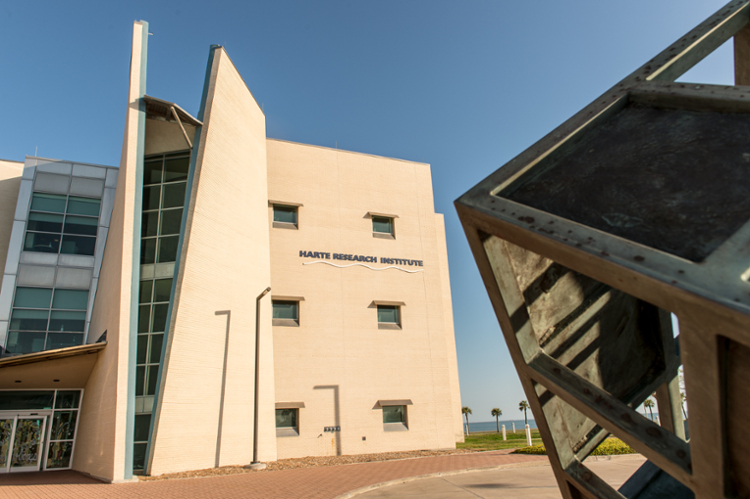Funded by $599K NSF Grant, Texas A&M-Corpus Christi Partners in Groundbreaking Marine Energy Initiative
CORPUS CHRISTI, Texas — Texas A&M University-Corpus Christi is proud to be a key partner in the newly established Center for Growing Ocean Energy Technologies and the Blue Economy (GO Blue Center). This significant initiative, funded by the National Science Foundation’s Industry-University Cooperative Research Centers (NSF-IUCRC) program, represents a collaborative effort with the University of Michigan, the nation’s largest public research institution, and Stevens Institute of Technology, a premier, private research university in New Jersey. The GO Blue Center is set to be a leader in developing sustainable solutions that contribute to climate change mitigation and the vitality of our oceans and lakes.
Blue energy, a key focus of the GO Blue Center, refers to the generation of renewable energy from marine and aquatic sources. This includes harnessing power from waves, tides, and ocean currents, as well as offshore wind. Blue energy technologies aim to capture and convert the natural energy present in our oceans into usable power, offering a promising solution for meeting global energy needs while protecting marine ecosystems. The potential of blue energy is immense, with significant opportunities for sustainable energy production that can contribute to reducing reliance on fossil fuels and mitigating climate change.
The GO Blue Center will leverage TAMU-CC’s location along the Gulf of Mexico to address global challenges in marine energy. With over 2.64 trillion kWh of potential energy from waves along the U.S. coasts, and 13.5 trillion kWh from offshore wind, the center aims to make significant strides in harnessing this energy.
Dr. Lea-Der Chen, TAMU-CC Professor and Associate Dean of the College of Engineering and Computer Science, is one of three site directors for the GO Blue Center.
“Our campus serves as a natural laboratory for exploring and testing innovations in blue energy harvesting technologies,” Chen said. “We are excited to focus on developing novel systems for energy harvesting and storage, including wind-and-wave energy systems, nanotechnology, and grid-less energy storage. Our research will drive innovation and technology transfer that benefits both local and global coastal communities.”
The NSF-IUCRC grant awarded to the TAMU-CC site totals $599,996 for a five-year period and will assist the Island University’s research team in recruiting and engaging companies from the Coastal Bend and beyond to join the center as membership-paying industrial partners. These industrial members will collectively identify specific research projects that the faculty, students, and staff from the three center sites will work on collaboratively.
“This industry-driven approach will not only deepen fundamental research but also encourage innovation to advance technologies for energy harvesting from oceans and lakes,” Chen said.
Chen noted that this initiative will not only enhance TAMU-CC’s already-significant reputation in marine research but shall also provide students with invaluable opportunities.
“By engaging in high-impact research and collaborating with industry experts, Islander students will gain practical experience and contribute to the next generation of marine innovators,” he said. “This new center, and the collaborative opportunities that it brings, will further enhance our mission to create future generations of change agents and marine protectors.”
The partnership among the three universities — each with its own geographic and expertise advantages — will facilitate a comprehensive approach to addressing marine energy and blue economy challenges.
“TAMU-CC and the Coastal Bend community already have a strong tradition of environmental stewardship, marine research, and community outreach,” Chen said. “We envision this partnership to not only advance our research capabilities but to foster economic growth in coastal communities through technology commercialization and workforce development.”

